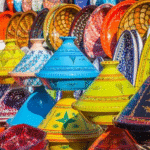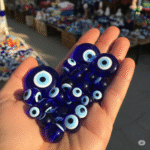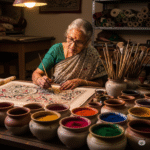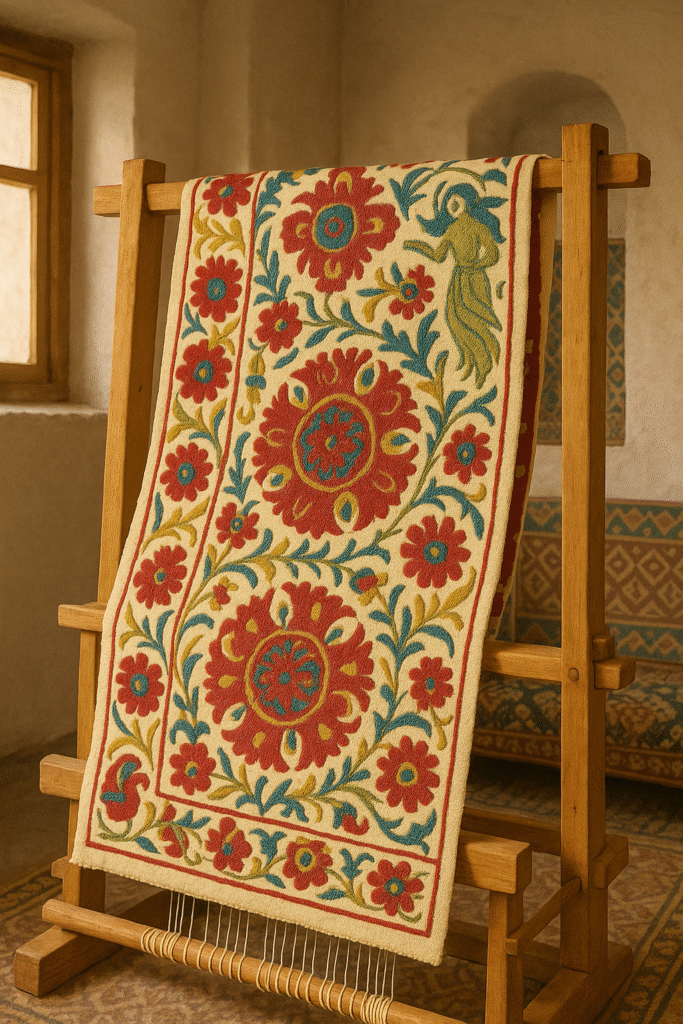
In the heart of Central Asia, where ancient trade routes once carried silk and spices, a quieter, more delicate art form has passed through generations — Suzani embroidery. More than just textile, it is the stitched spirit of Uzbek culture, telling stories of love, heritage, and resilience with every vibrant thread.
What is Suzani?
The word “Suzani” comes from the Persian word “suzan,” meaning needle. Traditionally, Suzani is a large embroidered textile made by hand, often used as wall hangings, bed covers, or ceremonial cloths. Its distinctive patterns feature bold floral motifs, suns, moons, pomegranates, and creeping vines — all symbols rooted in Central Asian folklore and spirituality.
But Suzani isn’t just beautiful — it’s symbolic. In Uzbek culture, it is customary for a mother to begin sewing a Suzani when her daughter is born, which will then become part of her dowry. Every stitch represents hope for a prosperous and joyful life.
The Art of Creation
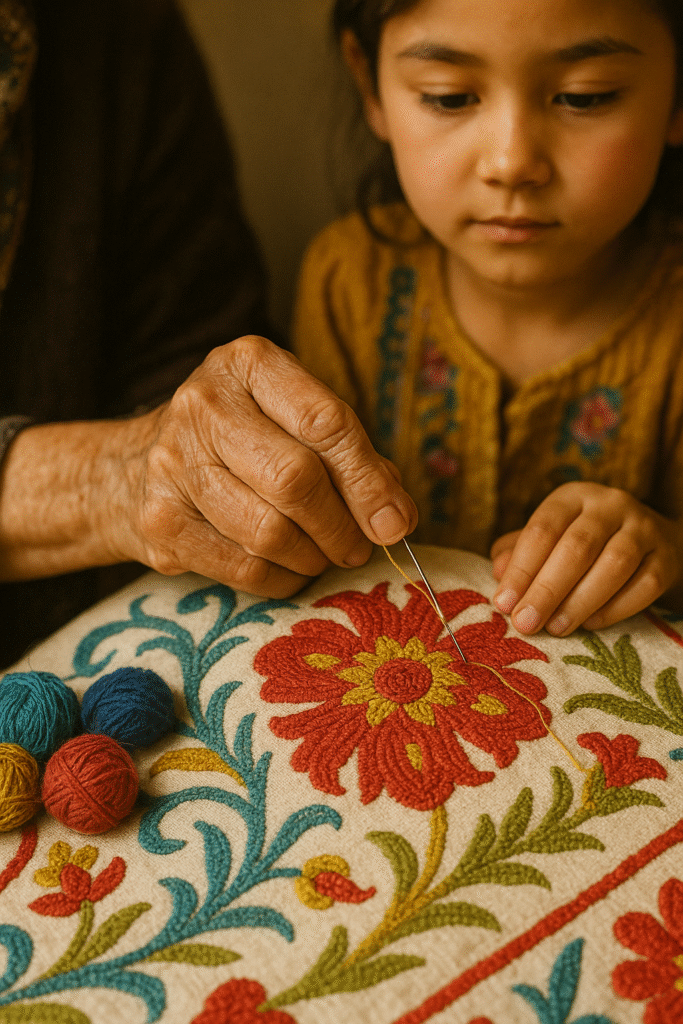
Making a Suzani is a communal affair. Several women from the family or community often work on a single piece, each handling a portion of the fabric. The base cloth, usually cotton or silk, is first hand-drawn with designs, then split into sections. After the embroidery is complete, the pieces are stitched back together — a process that symbolizes unity and harmony.
There are several regional styles, each with its own identity:
- Tashkent Suzani: Known for vivid colors and tight stitching.
- Bukhara Suzani: Features circular medallions and bold symmetry.
- Samarkand Suzani: Larger patterns, often incorporating stylized flora and cosmic symbols.
Cultural Meaning Behind the Motifs
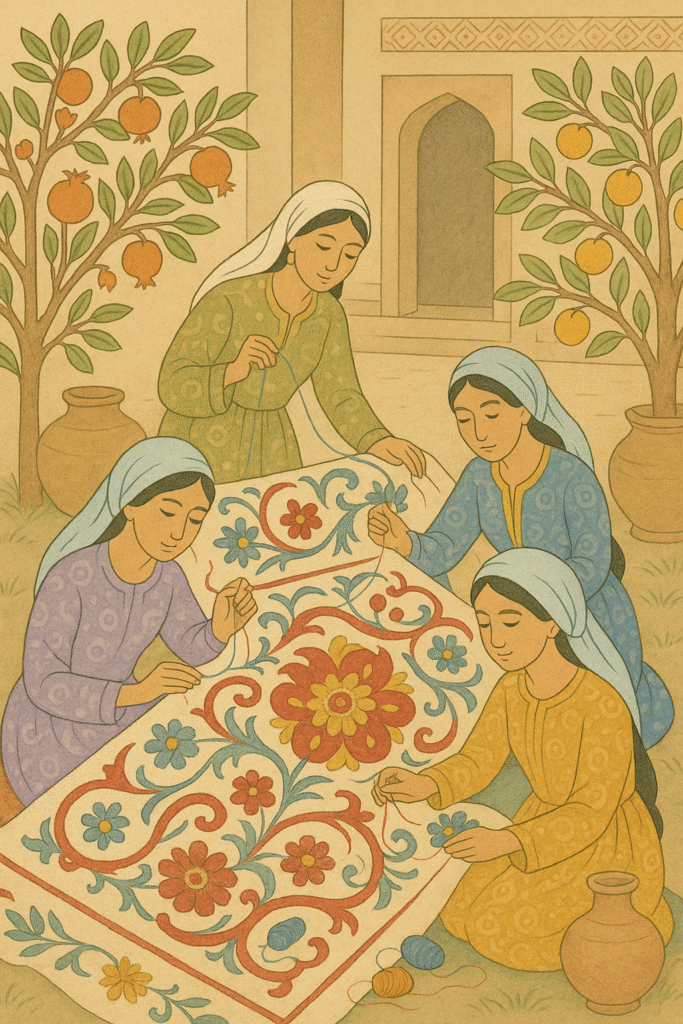
Every symbol in Suzani carries meaning. The sun and moon often represent eternal love or fertility. Pomegranates stand for abundance and protection. Tulips and vines reflect beauty, growth, and the divine cycle of life. This symbolic richness turns every cloth into a canvas of personal and spiritual meaning.
From Dowry to Global Design
Though once confined to marriage traditions and family rituals, Suzani textiles have found a global audience. Today, they grace fashion runways, boutique interiors, and design magazines. Yet, many artisans still follow traditional methods, using natural dyes and hand-spun threads, preserving authenticity while expanding reach.
Preserving a Legacy
Efforts are growing within Uzbekistan to revive traditional crafts and support women artisans. Workshops and cooperatives are helping younger generations learn embroidery techniques that were once at risk of fading. Each stitch made today is not just an act of creation — it’s a revival of cultural memory.

